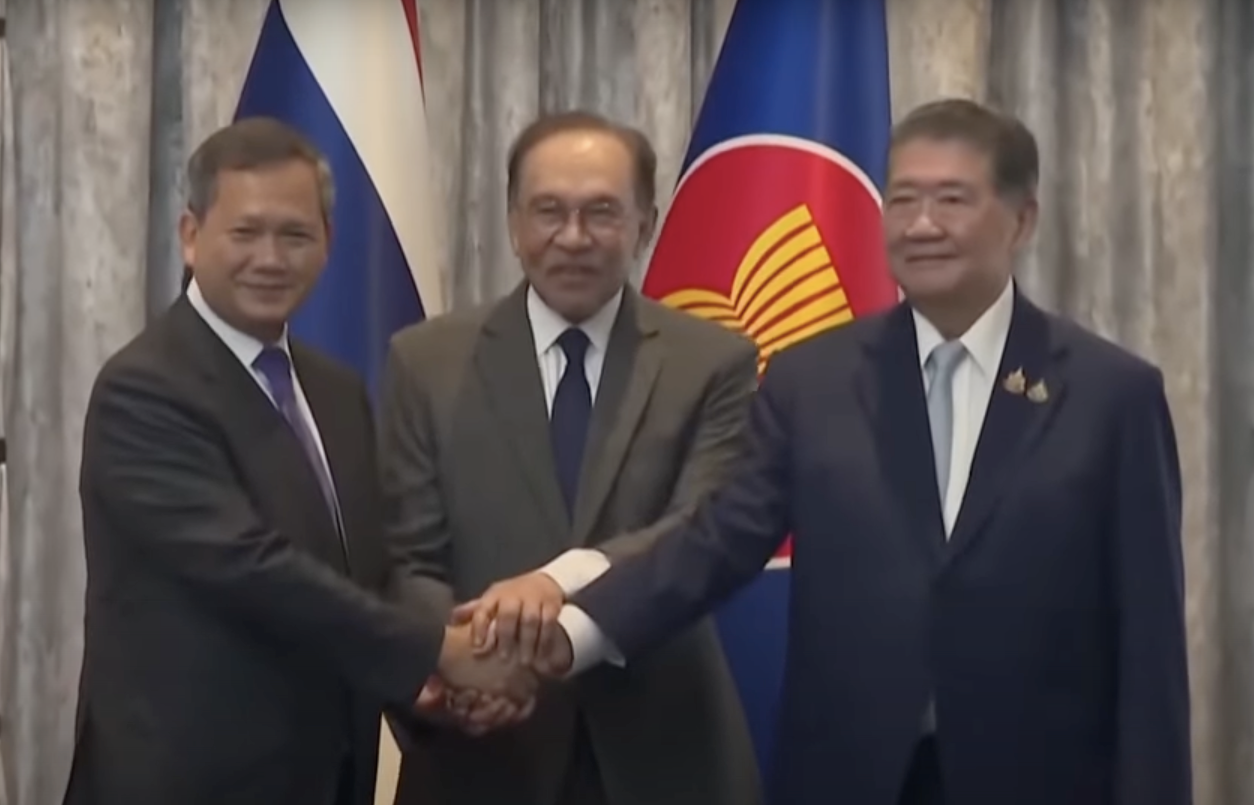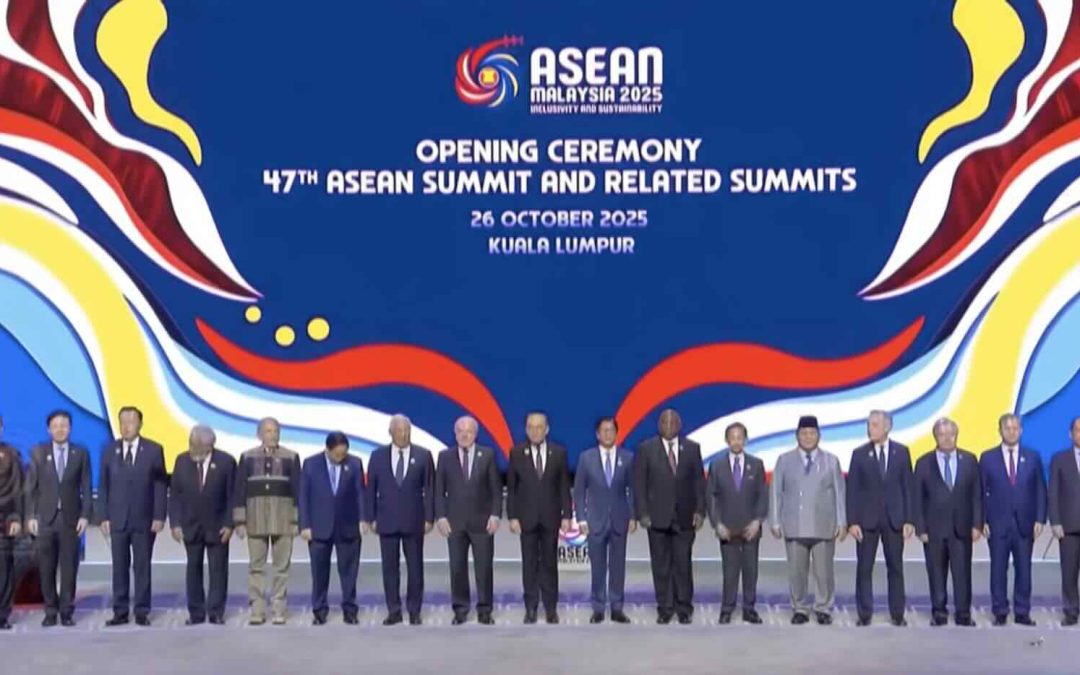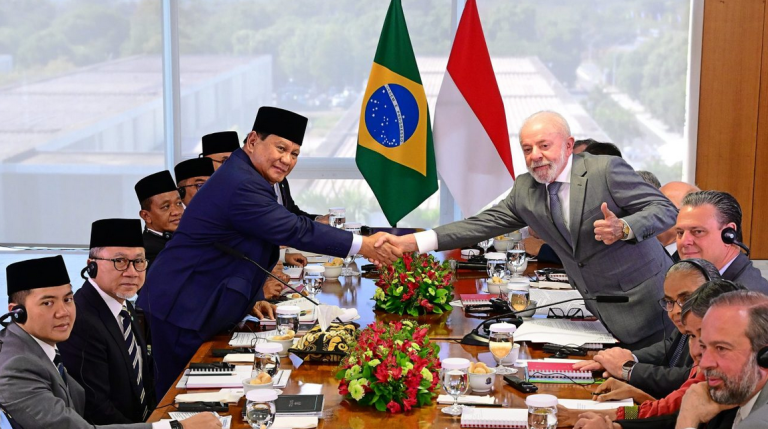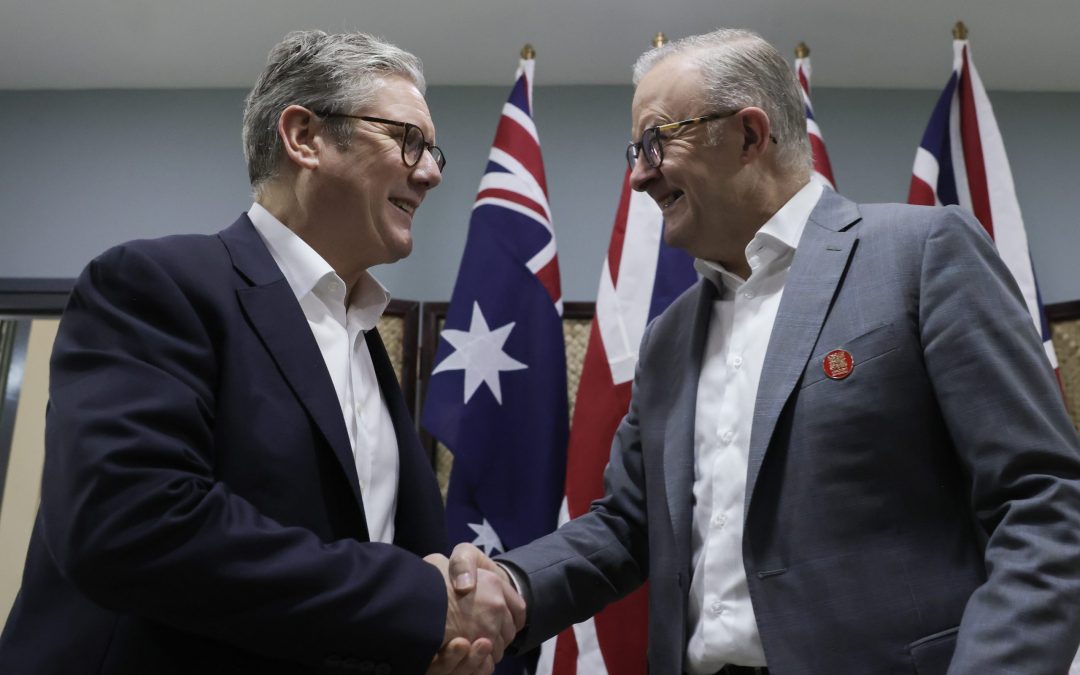On July 24, 2025, armed conflict broke out again on the border between Thailand and Cambodia, specifically around the Ta Muen Thom Temple in Surin Province, Thailand. This tension resulted in 38 deaths and displacement of hundreds of thousands of residents from both countries. Most of the victims were civilians, including children, sparking deep concern over the escalation of violence.
Both countries accused each other of initiating the attack, and to this day, it remains unclear who sparked the conflict. The escalation of this conflict is the worst in years due to the involvement of heavy weaponry. Thailand deployed fighter jets and both sides dropped bombs. The tension has also led to the severing of diplomatic ties and the closure of the official border between the two countries.
This conflict is a continuation of long-standing tensions along the 800 km Thailand-Cambodia border, which has been a source of dispute since the late 20th century. Territorial disputes, including over the Preah Vihear Temple and Ta Muen Thom, have frequently been flashpoints for various confrontations over the years. However, since February 2025, bilateral tensions have continued to rise, culminating in a large-scale violent incident in July.
This escalation raises significant concerns about the stability of the Southeast Asian region. In addition to threatening the safety of civilians, the conflict risks triggering an increase in refugee flows, cross-border arms trafficking, and broader political tensions. In this context, the role of ASEAN as a regional organization is once again being questioned, particularly in its capacity to respond to and resolve conflicts between its member states.
Over the past few years, ASEAN has often been criticized for its passive response to various internal conflicts, such as the crisis in Myanmar and tensions in the South China Sea. The absence of strong law enforcement mechanisms and limited conflict resolution instruments have called into question ASEAN’s effectiveness in maintaining regional peace. In the Thailand-Cambodia conflict, no concrete steps have been taken by ASEAN as an actor, forum, or conflict resolution instrument.
One significant initiative came from Malaysia as the 2025 ASEAN Chair, which initiated a trilateral meeting on July 28 between Malaysia, Thailand, and Cambodia. The negotiations were also attended by the United States and China as observers. The meeting resulted in an unconditional ceasefire agreement between the two parties after five days of ongoing conflict.
Although Malaysia’s initiative is appreciated, this dynamic underscores the fundamental problem that ASEAN still depends on external intervention in resolving internal conflicts. Cambodian Prime Minister’s statement that “decisive mediation” is in the hands of the United States, as well as pressure from the US President on both sides through diplomatic channels, shows the weakness of ASEAN’s position in playing a central role in resolving regional conflicts.
The ceasefire agreement is an important first step. However, without sustained efforts to resolve the root cause of the problem, namely the border dispute, long-term peace will not be achieved.
The Thailand-Cambodia conflict is a critical moment to test ASEAN’s relevance as a guardian of regional stability. Without increased institutional capacity and political will from all member states, ASEAN risks losing its credibility in handling internal crises. Thus, ASEAN’s response to this conflict will not only determine the direction of bilateral resolution, but also reflect the future of regional integration and security in Southeast Asia.
Cover Image Source: ABC News
Written by: Genoveva Karrenia Putryanti
References:
Al Jazeera Staff. (2025, July 24). What we know about clashes on the Thai-Cambodian border. Al Jazeera. https://www.aljazeera.com/news/2025/7/24/what-we-know-about-clashes-on-the-thai-cambodian-border
Baharudin, H. (2025, July 28). Truce between Cambodia and Thailand secured under Asean chair Malaysia, but can it hold? The Straits Times. https://www.straitstimes.com/asia/se-asia/truce-between-cambodia-and-thailand-secured-under-asean-chair-malaysia-but-can-it-hold
Fajri, D. A. (2025, July 27). What is the Impact of the Thailand-Cambodia War on Indonesia? Tempo; TEMPO.CO. https://en.tempo.co/read/2033018/what-is-the-impact-of-the-thailand-cambodia-war-on-indonesia
Jasmine, A. (2025, July 26). Thailand-Cambodia Border Clashes Raise Concerns of Foreign Intervention. Tempo; TEMPO.CO. https://en.tempo.co/read/2032939/thailand-cambodia-border-clashes-raise-concerns-of-foreign-intervention







